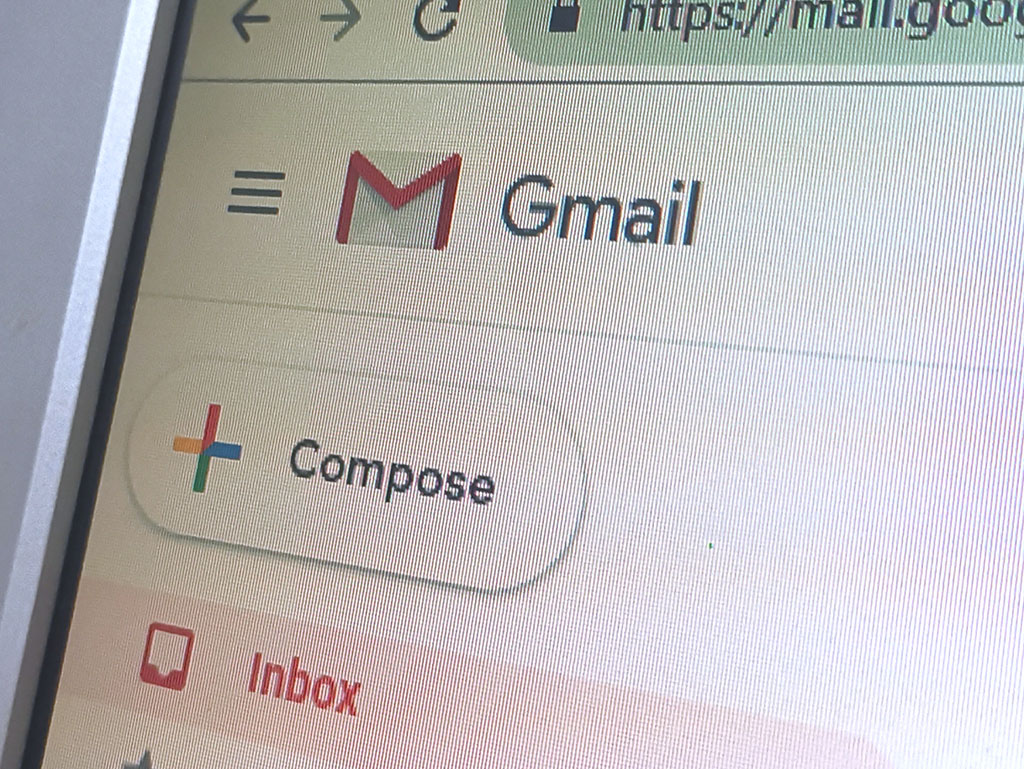
Beware of the AI-Driven Gmail Account Takeover Scam
Cybercrime is constantly evolving where new threats emerge every day. Sophisticated AI-powered scams are now targeting Gmail users, tricking them into handing over their account details. These attacks are not only becoming more frequent, but they are also increasingly harder to detect.
One example of this recent wave of scams comes from Sam Mitrovic, an IT consultant who shared his experience on his tech blog. His story offers a cautionary tale about the lengths cybercriminals will go to take over your account.
IS YOUR COMPUTER SECURE?
FREE Malware Removal
Detect & Remove Adware, Viruses, Ransomware & Other Malware Threats with SpyHunter (FREE Trial)
IS YOUR COMPUTER SECURE?
FREE Malware Removal
Detect & Remove Adware, Viruses, Ransomware & Other Malware Threats with SpyHunter (FREE Trial)
IS YOUR COMPUTER SECURE?
FREE Malware Removal
Detect & Remove Adware, Viruses, Ransomware & Other Malware Threats with SpyHunter (FREE Trial)
The Scam Unfolds
It all started when Mitrovic received a Gmail notification to approve an account recovery request. He immediately denied it, sensing something was off. Then, just 40 minutes later, he got a call from a number that appeared to be from Google’s Sydney office.
He ignored the call.
This is a common tactic used by scammers, as Forbes points out. Phishing attacks often begin with a fake notification, tricking users into providing their login credentials on a cloned page.
The Red Flag
A week later, Mitrovic received the same notification, but this time he picked up the phone. The caller, who spoke in a professional, American-sounding voice, claimed that someone had accessed Mitrovic’s Gmail account and stolen his data. The call seemed legitimate. The number matched Google Australia’s official IT support contact, and even the email sent for verification looked authentic.
But something didn’t add up.
Mitrovic, being the tech-savvy professional he is, checked the email address closely. What he discovered was shocking: The email didn’t come from Google at all. The domain was a fake, only noticeable after carefully reviewing the “TO” field.
On top of that, Mitrovic realized that the person speaking to him wasn’t human at all—it was an AI-generated voice. Its perfect spacing and flawless pronunciation raised his suspicions.
A Growing Threat
Mitrovic’s story is just one of many. After doing some digging, he found others who had experienced similar scams, including users on Reddit and an Australian scam-awareness site, ReverseAustralia.
The ultimate goal of these attacks is often to steal your login details. Once a scammer has access to your Gmail account, they can install malware to bypass two-factor authentication, or use cookies to impersonate you on other platforms. This type of attack is known as “cookie stealing malware.”
How to Protect Yourself
So, what can you do to protect yourself? The best defense is vigilance.
- Double-check email addresses: Always inspect the sender’s email domain closely, especially in account recovery scenarios.
- Avoid clicking suspicious links: If you’re ever unsure, don’t click any links or enter your credentials on a page that looks unfamiliar.
- Contact companies directly: If you receive a suspicious call or email, contact the company through verified phone numbers or emails, not the ones provided by the potential scammer.
- Enable two-factor authentication (2FA): Even though advanced scams can attempt to bypass this, 2FA adds an additional layer of security to your accounts.
- Stay informed: Follow cybersecurity news and be aware of emerging threats.
As cybercriminals become more advanced, staying one step ahead is essential. Mitrovic’s story serves as a reminder that even the most tech-savvy among us can become targets. However, with the right knowledge and vigilance, we can protect ourselves from these increasingly sophisticated attacks.
Always remember to do your due diligence. If something feels off, trust your instincts and investigate further. After all, your best defense is awareness.
HOW TO REMOVE PHISHING SCAMS
Automatically Detect & Remove Phishing Scam Threats for FREE with SpyHunter.